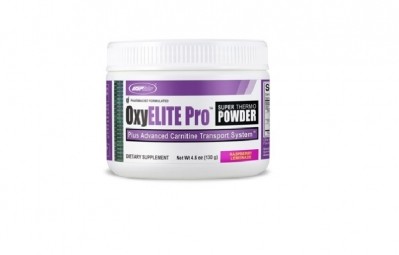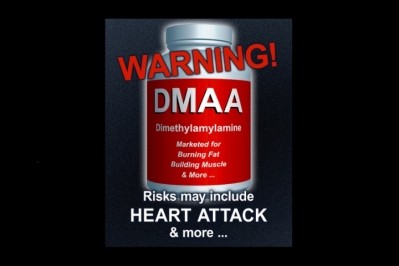Chloramphenicol debacle points out need to have recall procedures at the ready

The recall pertains to enzymes that were manufactured in India and distributed worldwide that were found to be tainted with tiny amounts of chloramphenicol, a highly toxic antibiotic that has been withdrawn for most human uses. Reports at Supply Side West indicated that the recall now affects as many as 100 companies in the US.
Up front planning
That amounts to a lot of calls to lawyers, and those lawyers can help most effectively if they are involved in the planning stage of a company’s recall policy, said attorney Justin Prochnow, a shareholder in the firm Greenberg Traurig.
“To comply with GMPs, you have to have an SOP for a recall. And in this day and age you have to have it ready to go. We recommend most of our clients to run a practice recall, to go through it and do a trial run to see whether you are doing everything that needs to be done,” Prochnow told NutraIngredients-USA.
“When you do a recall you have to provide a lot of information to FDA. Who are your suppliers, or depending on where you are in the food chain, who are the manufacturers you are distributing to? They want to see your customer list, and they want to see the expiration dates of when you sold the product from.
“You need to be nimble in order to get that information quickly,” he said.
Prochnow recommended having a designated point person who will be in charge of gathering all that information. And he said having a second stringer isn’t a bad idea, either, as a recall could happen when key personnel are on vacation.
After the information pertaining to the recall is gathered, it has to be communicated to FDA. Prochnow recommended getting the advice of counsel in crafting those communications, to make sure the right things are included, and the right words are used, and that careless statements aren’t made that could cause trouble down the road with the agency.
“We generally recommend that companies go through us because we make sure that statements that are made to FDA are carefully thought about,” Prochnow said.
Different recall categories
The chloramphenicol recall is being managed by FDA as a Class 2 recall, in other words, a recall of “products that might cause a temporary health problem, or pose only a slight threat of a serious nature” to use FDA’s words. Chloramphenicol can cause a potentially life-threatening bone toxicity reaction in some people, but while that reaction is not necessarily dose-dependent, the amounts of the antibiotic that found their way into the enzymes are very small, and are unlikely to pose a serious public health risk.
Another ongoing recall—USPlab’s recall of its OxyElite Pro sports supplement—is an example of a Class 1 recall pertaining to “dangerous or defective products that predictably could cause serious health problems or death.” (FDA’s words again.) This supplement has been associated with a number of cases of serious liver injury and death in Hawaii. (Why these cases have been showing up only in Hawaii is still something of a mystery.)
And this recall is an example of FDA’s new, greater authority to mandate recalls under the Food Safety Modernization Act. The “voluntary” nature of recalls in the past was always something of a polite fiction, but now, under FSMA, FDA can step in in short order if a company doesn’t cooperate fast enough.
Managing risk
The overriding aspect of a recall is public health, of course, but managing the risk to the company itself is also a major concern. Deciding what sort of recall you are dealing with is the first step, said Rick Kingston, PharmD, who is president of scientific and regulatory affairs at SafetyCall International.
“Not all recalls are created equal. There are different levels recalls, and you need to have a very good health hazard evaluation of what’s at stake,” said Kingston, who is also a professor of pharmacy at the University of Minnesota.
Even though FDA has the final say about classification to give to a recall, the company has a big role to play in that process, Kingston said.
“The company is still responsible to make the determination of what the risk is and they propose to do. Companies are still required to assess what the level of risk is there for their own product. They are the most knowlegable about their products,” he said.
Kingston said improved laboratory capabilities means that trace amounts of constituents can be detected in ever more minute quantities. Somewhere along that number line is the border between deciding to issue a Class 1 or Class 2 recall.
“We help companies evaluate that level of risk. It has more to do with helping them be prepared to evaluate product issues as quickly as possible. If they have a manufacturing breach, they need to know what to do quickly,” Kingston said.










